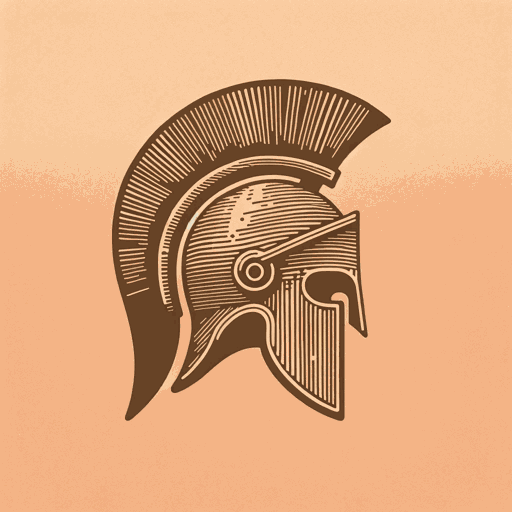39 pages • 1 hour read
Barry StraussThe Trojan War: A New History
Nonfiction | Book | Adult | Published in 2006A modern alternative to SparkNotes and CliffsNotes, SuperSummary offers high-quality Study Guides with detailed chapter summaries and analysis of major themes, characters, and more.
IntroductionChapter Summaries & Analyses
Introduction Summary
Homer’s accounts of the Trojan War in the Iliad and the Odyssey describe the epic conflict as the greatest war ever, but leave out key facts. Besides the employment of poetic license, the accuracy of Homer’s account as a historical document is questionable because Homer lived in around 700 BCE, 500 years after the Trojan War. Yet many of the details in Homer’s story are sympathetic with scholars’ understanding of Bronze Age warfare. This book examples Homer’s famous story in the light of new archeological discoveries, which suggest the war did take place.
Introduction Analysis
Troy’s position at the juncture between Asia and the Mediterranean made it prime territory for war. Troy was desirable because of its location at the entrance to the Dardanelles, and rich natural resources. Its position on the fault line between two ancient peoples led to continual skirmishes. There was no siege of Troy, but the Trojan Horse may indeed have been employed by the Greek underdogs.
With Hittite alliances, Troy was also the enemy of the Greeks. Excavations in the area since 1988 have validated Homer’s description of the storied city. Troy was in its heyday in 1200, when the Trojan War probably occurred.

